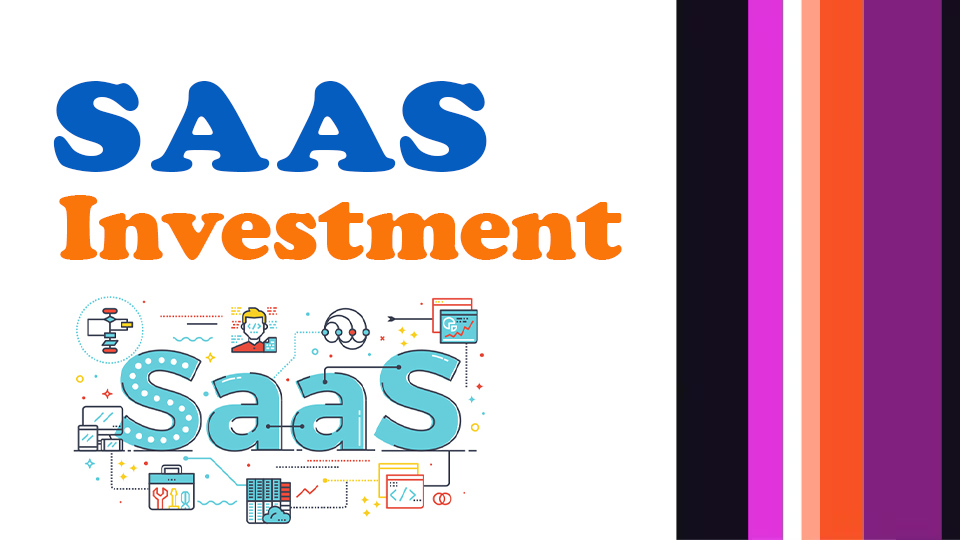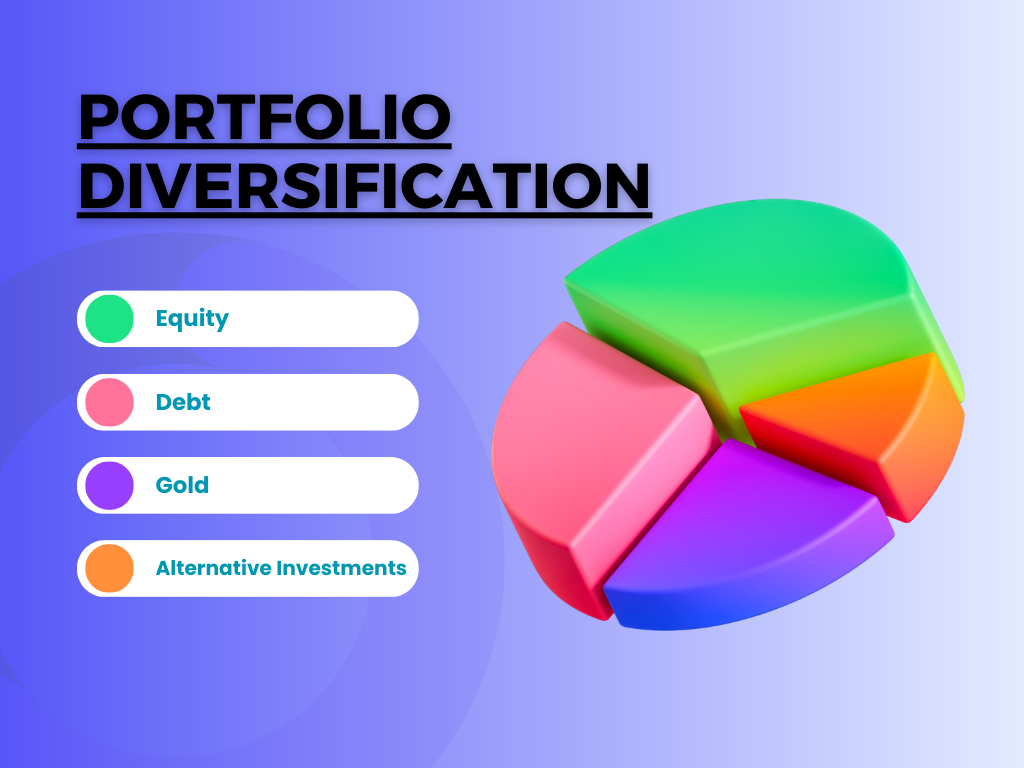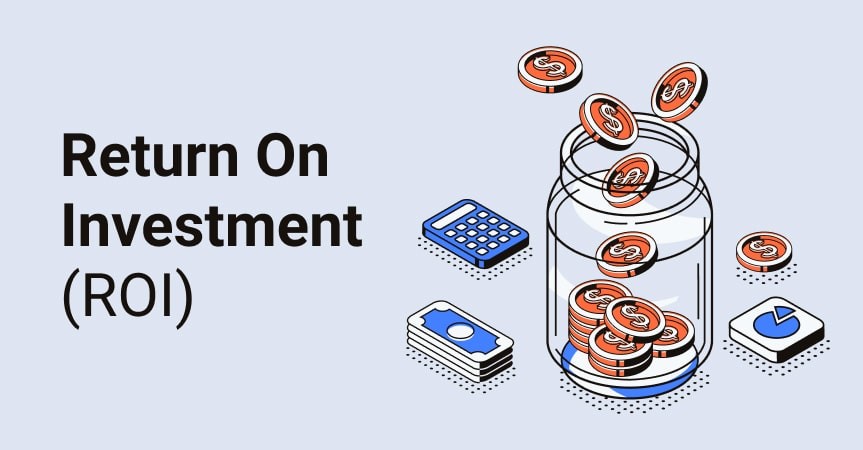SaaS investment is a rapidly growing sector that’s reshaping the tech landscape. With the popularity of cloud-based solutions among startups, investors are keenly watching this sector for potential opportunities.
Yet, stepping into the SaaS investing arena can seem intimidating for many. You might hear people express concerns about high valuations or market saturation.
“You need extensive knowledge and experience to make profitable investments in SaaS.” This isn’t necessarily true. While understanding the industry dynamics is crucial, there are numerous success stories of individuals who have made lucrative investments in early-stage SaaS startups with limited prior exposure to this field.
The exciting part about the SaaS investment scene is its constant evolution. Innovative companies offering unique software solutions emerge regularly, altering traditional business
The Rise of SaaS Startups and the Investment Landscape
In this digital age, SaaS startups are increasingly becoming a focal point. These innovative businesses have carved out their niche in the market, attracting significant venture capital investment due to their growth potential.
SaaS companies’ unique value proposition is driving this trend.
SaaS investment: In fact, recent data indicates that SaaS startups successfully secured $1.04 billion during Series A funding rounds alone – signaling investor confidence in these ventures’ future success.
Understanding the SaaS Model
A key factor contributing to this robust interest lies in understanding what makes up a successful SaaS model. This cloud-based software solution offers access to applications via internet connectivity rather than traditional installation methods on individual devices or systems.
This approach effectively eliminates common obstacles associated with conventional models such as hardware compatibility issues or complex installations which often result in businesses incurring significant additional costs.
An integral aspect of any profitable SaaS business involves generating recurring revenue streams from selling products on a subscription basis; offering predictability for financial operations while providing customers cost-effective solutions tailored according to usage needs.
Potential investors view these consistent income sources favorably when assessing SaaS investing opportunities.
Beyond monetary considerations, however, lies another compelling advantage: scalability – allowing growing markets like the SaaS industry to adapt swiftly without needing extensive infrastructure upgrades, thus saving resources and enhancing profitability potentials even further.
Navigating the digital world? SaaS startups are on the rise, securing $1.04B in Series A funding alone. With cloud-based solutions and recurring revenue streams, they’re an investor’s dream. #SaaSInvestment #StartupsClick to Tweet
The Potential of Early-Stage SaaS Startups
SaaS investment: Venture capital has been taking a new direction, with early-stage SaaS startups becoming more visible. Despite seed-stage deal-making seeing a slight decrease, these companies continue to secure substantial funding due to their growth potential and unique business models.
This is where innovation meets investment opportunity.
Aristotle once said, “We are what we repeatedly do.” This holds true for successful SaaS businesses as well – they’re known not just by their products but also how effectively they manage projects and acquire customers.
Key Factors Driving Growth in Early-Stage Startups
Digging deeper into this phenomenon reveals certain key factors that fuel the success of these budding ventures:
Innovative Product Development: SaaS startups like Slack, have made waves within industries by introducing disruptive solutions that address unmet needs or create entirely new markets. Their product-centric approach has allowed them to rapidly expand the customer base while carving out a competitive advantage.
Evidently enough, “Innovation distinguishes between a leader and a follower.” – Steve Jobs couldn’t be more right.
Potent Project Management: Effective project management strategies ensure smooth operations across all facets of the business, including the development phase and beyond. SaaS giants such as Asana, attribute much credit towards strong leadership practices enabling efficient execution amidst fluctuating market scenarios.
We can draw from Sun Tzu here who professed, “Strategy without tactics is the slowest route to victory; Tactics without strategy make noise before defeat.”
Crafting Customer Acquisition Strategy:
Focusing on delivering an exceptional user experience coupled with innovative marketing techniques proves instrumental in acquiring initial users and providing valuable feedback during the nascent stages of operation. Larger clients contribute significantly to recurring revenue streams upon scaling up.
A case in point would be HubSpot whose inbound marketing efforts played a pivotal role in expanding the growing customer base without sacrificing satisfaction levels along the way,
Key Takeaway:
SaaS startups are the new goldmine for venture capitalists, with their innovative products, effective project management and customer acquisition strategies. As they say, “innovation distinguishes a leader from a follower,” so keep an eye on these budding businesses.
Exploring Lucrative Opportunities in Health Tech and Biotech
The venture capital landscape is abuzz with the potential of health tech and biotech sectors. Despite a slight dip in funding, these industries are viewed as gold mines for SaaS startups looking to innovate and drive growth.
Overcoming Challenges in Health Tech Funding
Funding hurdles often crop up within the health tech sector due to its intricate regulatory environment. This can delay product development cycles, causing investors to tread cautiously.
SaaS companies, however, have an ace up their sleeve – cloud-based software solutions. With scalable products that allow swift updates or modifications, they’re well-equipped to adapt swiftly amidst changing regulations.
To draw investor interest against this challenging backdrop, it’s crucial for health tech startups not only to demonstrate financial stability but also consistent revenue streams from selling products on a subscription basis. A focus on value-driven care models could be key here.
Biotech’s Future Growth Prospects
In contrast with seed deal volume experiencing a downward trend over recent periods, future growth prospects remain bright within the realm of biotechnology. Advancements like gene editing technologies such as CRISPR-Cas9 provide ample opportunities for innovation within this field.
SaaS businesses operating within the biotech space could potentially leverage AI integration into their offerings – providing predictive analytics or automated data analysis tools that revolutionize how research is conducted, thereby attracting investor interest.
Last year saw AI startups raising $15 billion across nearly 1,400 deals globally, indicating growing market enthusiasm towards integrating technology into life sciences research efforts.
If you’re considering SaaS investing, particularly within the healthcare & life sciences domain, keeping abreast of the latest industry developments while assessing each startup’s unique competitive advantage before committing funds will ensure an informed decision-making process leading towards successful investments aligning evolving market dynamics & technological advances shaping promising sectors’ future trajectories.
Key Takeaway:
Despite funding hiccups, health tech and biotech sectors remain ripe for SaaS investment. Cloud-based solutions offer adaptability in a complex regulatory environment, while AI integration promises innovation in biotech. Staying informed about industry trends is key to successful investments in these promising fields.
Strategies for Successful Customer Acquisition and Retention in SaaS Companies
The lifeline of any successful SaaS business lies within its ability to consistently acquire new customers while retaining the existing ones. The growth potential of a company can be largely attributed to how well it executes these two key strategies.
Leveraging Competitive Advantage for Effective Customer Acquisition
In an increasingly competitive landscape, standing out from other SaaS startups is paramount. This requires identifying unique selling points that your product offers over others on the market – this could range from superior functionality or unmatched user experience.
Your marketing strategy should then center around highlighting these features effectively across various platforms like Google Ads or Facebook Business Manager. These tools allow businesses to target specific demographics likely interested in their products, thus increasing chances of conversion into paying users which contributes towards revenue streams and financial operations stability long term.
Fostering Client Satisfaction as Part Of A Robust Retention Strategy
A satisfied customer forms the cornerstone of a thriving recurring revenue model commonly found within SaaS companies. Ensuring positive experiences with both software usage and interactions with support teams fosters loyalty amongst clients who are more likely to stick around longer, thereby contributing significantly towards future growth prospects overall. HubSpot suggests several retention tactics, such as providing excellent post-purchase service support and implementing feedback loops where client inputs drive further product development cycles, making them feel valued rather than mere consumers, boosting satisfaction rates leading to better retention numbers over time.
This approach not only helps maintain steady cash flows but also creates opportunities to upsell additional services/features, creating multiple avenues for monetization beyond initial subscription fees. Hence, it proves to be a lucrative opportunity for investors looking to invest in early-stage SaaS startups due to the promising returns expected down the line based on robust financial performance indicators present among successful players currently operating within the industry today.
Key Takeaway:
Investing in SaaS startups can be a goldmine, provided they master the art of acquiring and retaining customers. A unique product offering, savvy marketing strategies for customer acquisition, coupled with excellent post-purchase service support for retention are key ingredients to their success recipe. It’s not just about making a sale; it’s about keeping them coming back for more.
Future Trends Shaping the Landscape of SaaS Industry
The landscape of SaaS businesses is continuously evolving, driven by technological advancements and changing market needs. Here are some key trends that investors should keep an eye on.
Incorporation of AI in SaaS Products
AI integration into SaaS is growing in prevalence. The use of AI can automate mundane tasks, provide predictive analytics, and enhance user experience through personalization.
This trend not only boosts efficiency but also provides a competitive advantage to businesses by offering valuable insights for decision-making processes, which could potentially drive growth in revenue streams from selling products on a subscription basis.
Growing Demand for Mobile Accessibility
With mobile devices being omnipresent today, there’s a growing demand for cloud-based software solutions like those offered by most SaaS companies that are easily accessible via smartphones or tablets. This allows users to access applications anytime they want, leading to significant productivity enhancements.
It’s predicted that more than half of corporate data will be created outside traditional data centers or clouds due largely to this increased mobile accessibility.
Keep an eye on the evolving #SaaS landscape. With AI integration becoming common and a growing demand for mobile accessibility, these trends could drive significant revenue growth. #InvestmentOpportunitiesClick to Tweet
Conclusion – Investing In SaaS Startups As A Lucrative Opportunity
The investment landscape has been significantly altered by the rise of SaaS startups. With their robust financial operations and consistent revenue streams, these companies present a lucrative opportunity for investors.
SaaS businesses operate on a subscription basis, which offers predictable and recurring revenues. This stability not only ensures business continuity but also allows for better planning towards future growth. The scalability inherent in this model facilitates rapid expansion without significant additional costs, enhancing profitability over time.
“Size doesn’t always matter in the SaaS world, with success not necessarily going hand-in-hand with size.” Their cloud-based nature enables them to accommodate growing customer bases with minimal physical infrastructure or resources needed (McKinsey & Company). Such scalability is one reason why venture capitalists find early-stage SaaS startups so appealing.
Leveraging Competitive Advantage For Customer Acquisition
Beyond just strong finances and scalable models, another aspect that makes investing in SaaS companies attractive lies within their competitive advantages used for customer acquisition strategies. Many innovative software solutions offer unique features or services that set them apart from competitors.
This differentiation can be instrumental in attracting new customers while retaining existing ones through a superior value proposition (Harvard Business Review). Consequently, driving steady revenue growth further enhances investor appeal towards such businesses.
The Future Landscape Of The SaaS Industry
In addition, looking at future trends reaffirms faith in investing within this domain. Artificial Intelligence integration along with increased mobile accessibility are some trends expected to shape up the landscape of the SaaS industry (Gartner research report).
Innovations like these promise continued evolution, thus ensuring promising returns on investments made today into tomorrow’s leading tech firms. So if you’re an investor seeking high-growth opportunities, then seriously consider venturing into an early-stage SaaS startup due to its immense potential combined with solid financial health.
Key Takeaway:
SaaS startups, with their steady revenue streams and scalable models, are a gold mine for investors. Their unique features attract new customers while retaining the old ones, driving consistent growth. With future trends like AI integration promising continuous evolution, investing in SaaS companies today could yield lucrative returns tomorrow.
Conclusion
Plunging into SaaS startups is no longer a risk, it’s now an informed decision.
The rise of these companies has reshaped the investment landscape, offering opportunities ripe for the picking.
We’ve seen how their resilience during market slowdowns and potential for rapid scale-up make them attractive to investors.
Their unique business model provides consistent revenue streams and growth prospects that are hard to ignore.
Despite challenges in sectors like health tech and biotech, we see there’s still room for significant growth with the right strategies in place.
SaaS businesses have mastered customer acquisition and retention tactics that contribute significantly towards their success.
Trends such as AI integration, increased mobile accessibility, personalized marketing are set to further shape this industry’s future.
In essence, SaaS investment presents an exciting venture teeming with profitable opportunities if navigated wisely.
If you want to learn more about this, sign up for my newsletter.


